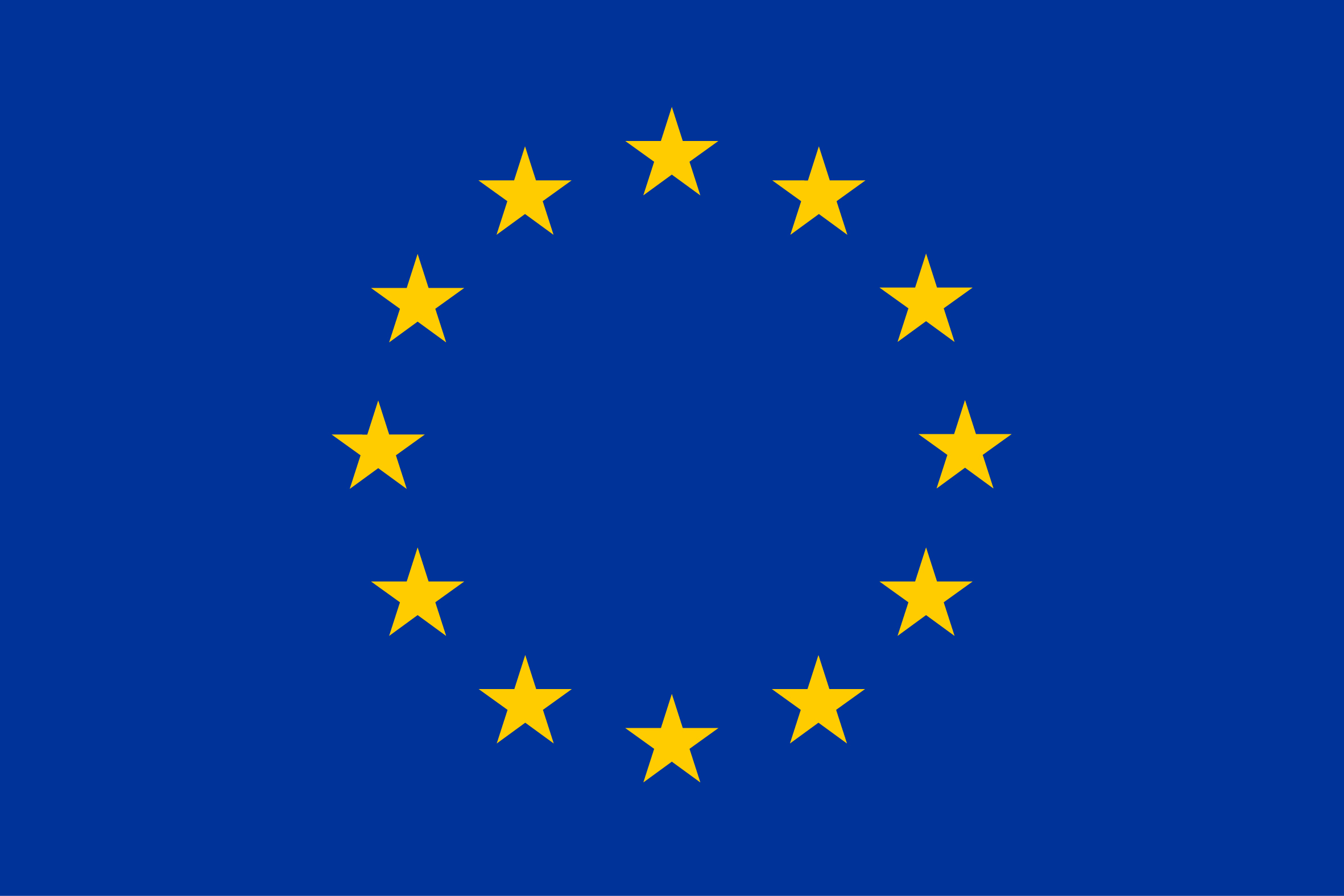Area Information
London
London is often considered as the world's leading global city and has been termed as the world's most powerful, most desirable, most influential, most visited, most expensive, innovative, sustainable, most investment friendly, most popular for work and the most vegetarian friendly city in the world.
London exerts a considerable impact upon the arts, commerce, education, entertainment, fashion, finance, healthcare, media, professional services, research and development, tourism and transportation. London ranks 26 out of 300 major cities for economic performance. It is one of the largest financial centres and has either the fifth or sixth largest metropolitan area GDP. It is the most-visited city as measured by international arrivals and has the busiest city airport system as measured by passenger traffic.
It is the leading investment destination, hosting more international retailers and ultra high-net-worth individuals than any other city. London's universities form the largest concentration of higher education institutes in Europe. In 2012, London became the first city to have hosted three modern Summer Olympic Games.
London has a diverse range of people and cultures, and more than 300 languages are spoken in the region. Its estimated mid-2016 municipal population (corresponding to Greater London) was 8,787,892, the most populous of any city in the European Union and accounting for 13.4% of the UK population.
City of Westminster
The City of Westminster is an Inner London borough which also holds city status. It occupies much of the central area of Greater London including most of the West End.
Aside from a number of large parks and open spaces, the population density of the district is high. Many sites commonly associated with London are in the borough, including St. James's Palace, Buckingham Palace, the Palace of Westminster (Houses of Parliament) and 10 Downing Street. The borough is divided into a number of localities including the ancient political district of Westminster; the shopping areas around Oxford Street, Regent Street, Piccadilly and Bond Street; and the night-time entertainment district of Soho.
Near the venue:
Houses of Parliament
One of the most famous landmarks in the world, The Palace of Westminster is the meeting place of the House of Commons and the House of Lords, the two houses of the Parliament of the United Kingdom.
Downing Street
Downing Street is a street in London that houses the official residences and offices of the Prime Minister of the United Kingdom and the Chancellor of the Exchequer. Situated in Whitehall, a few minutes' walk from the Houses of Parliament, Downing Street was built in the 1680s by Sir George Downing.
Westminster Abbey
Westminster Abbey, formally titled the Collegiate Church of St Peter at Westminster, is a large, mainly Gothic abbey church in the City of Westminster, London, England, just to the west of the Palace of Westminster. It is one of the United Kingdom's most notable religious buildings and the traditional place of coronation and burial site for English and, later, British monarchs.
The London Eye
The London Eye is a giant Ferris wheel on the South Bank of the River Thames in London. It is Europe's tallest Ferris wheel, is the most popular paid tourist attraction in the United Kingdom with over 3.75 million visitors annually, and has made many appearances in popular culture.
Conference Sponsors and supporting projects
Supported by
About IPIC
The IPIC conference series supports the Physical Internet Initiative.
Stay Connected on:
Contact
For general information about the conference, please use our contact form or the contact below:
- IPIC@scl.gatech.edu
- IPIC 2019, The Transport Systems Catapult, 170 Midsummer Boulevard, Milton Keynes, United Kingdom, MK9 1BP









